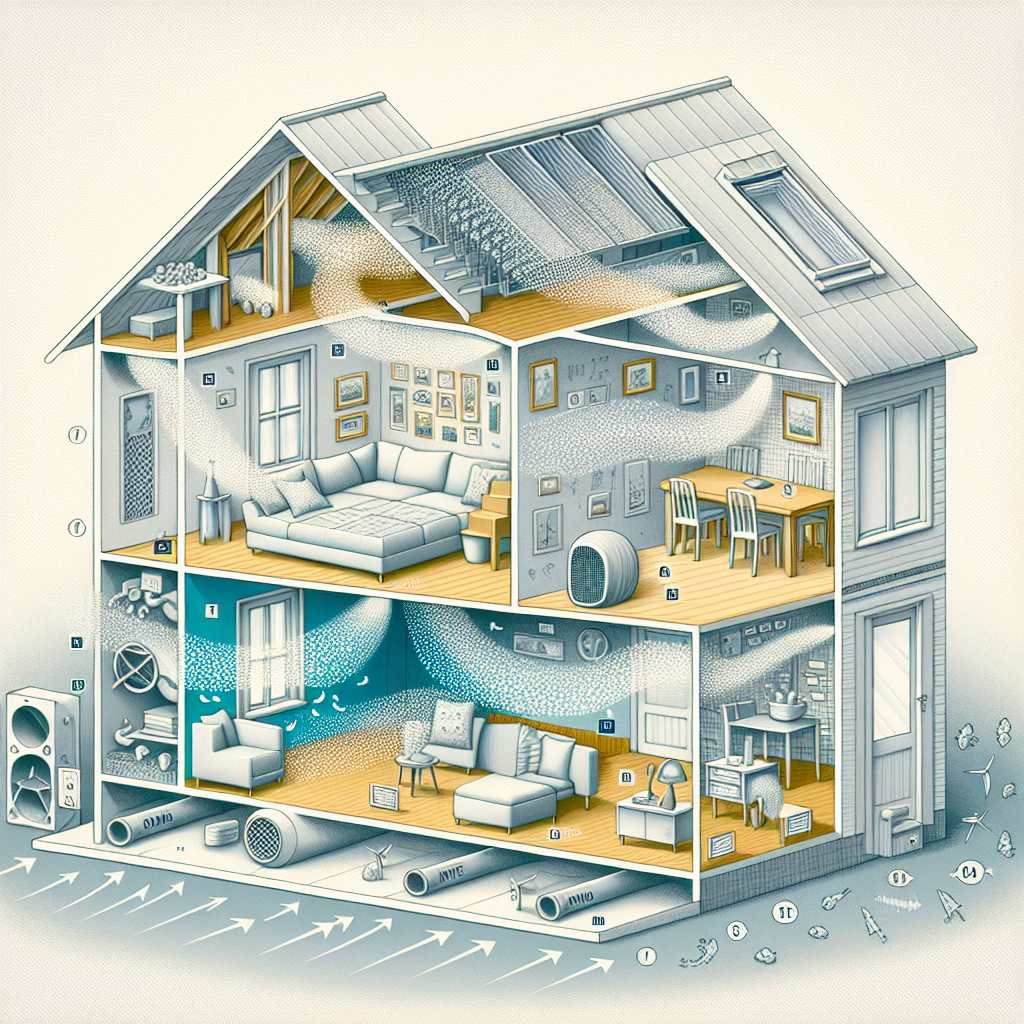Ventilation is a crucial aspect of indoor environments, as it plays a significant role in maintaining indoor air quality and creating a comfortable living or working space. The science behind ventilation is complex, but understanding how airflow impacts indoor environments can help us make informed decisions about our ventilation systems.
One of the primary functions of ventilation is to remove pollutants and contaminants from indoor air. These pollutants can come from a variety of sources, including cooking, cleaning products, and building materials. Without proper ventilation, these pollutants can accumulate indoors, leading to poor air quality and potential health problems for occupants.
Airflow plays a key role in ventilation by helping to distribute fresh outdoor air throughout a building while simultaneously removing stale air. This process is essential for diluting pollutants and maintaining a healthy indoor environment. By promoting airflow, ventilation systems can help reduce the concentration of harmful particles in the air, such as allergens, volatile organic compounds (VOCs), and carbon monoxide.
In addition to maintaining indoor air quality, ventilation also plays a crucial role in regulating temperature and humidity levels. Proper airflow can help distribute heat evenly throughout a space, reducing the need for excessive heating or cooling. This can lead to energy savings and a more comfortable indoor environment for occupants.
The science behind ventilation also involves understanding the principles of air exchange rates and airflow patterns. Air exchange rates refer to the rate at which outdoor air replaces indoor air within a space. Higher air exchange rates are generally associated with better indoor air quality, as they help to remove pollutants more effectively.
Airflow patterns, on the other hand, refer to how air moves within a space. Understanding airflow patterns can help determine the most effective placement of ventilation systems, such as air vents and fans, to ensure optimal air circulation throughout a building.
In conclusion, ventilation is a critical component of indoor environments, and airflow plays a significant role in maintaining indoor air quality and comfort. By understanding the science behind ventilation and how airflow impacts indoor environments, we can make informed decisions about our ventilation systems to create healthier and more comfortable living and working spaces.


Leave a Reply